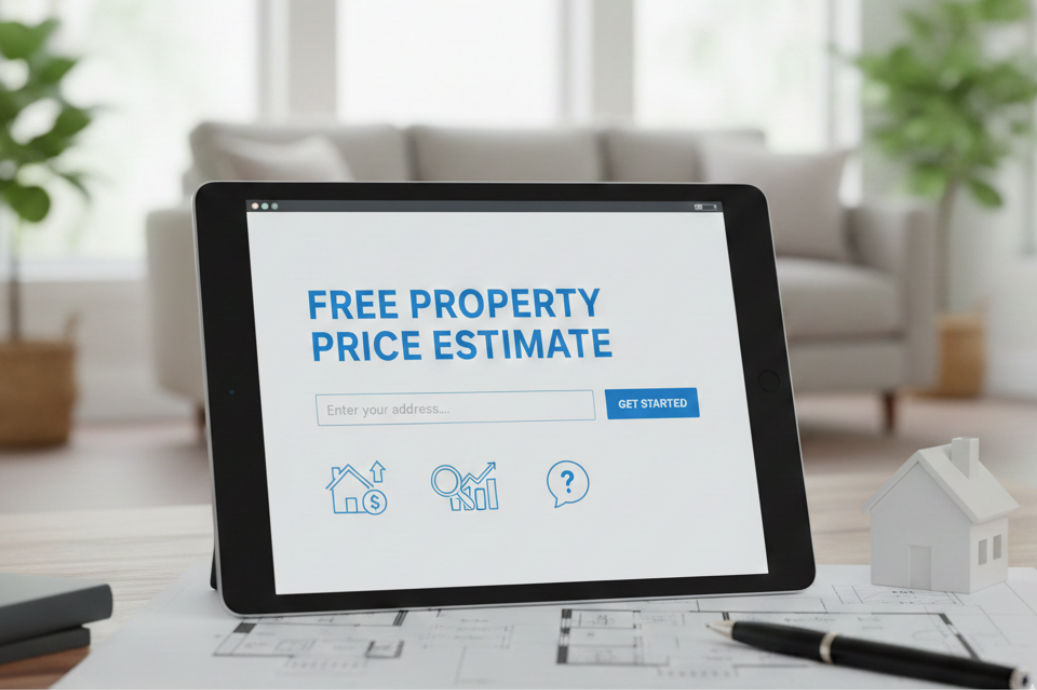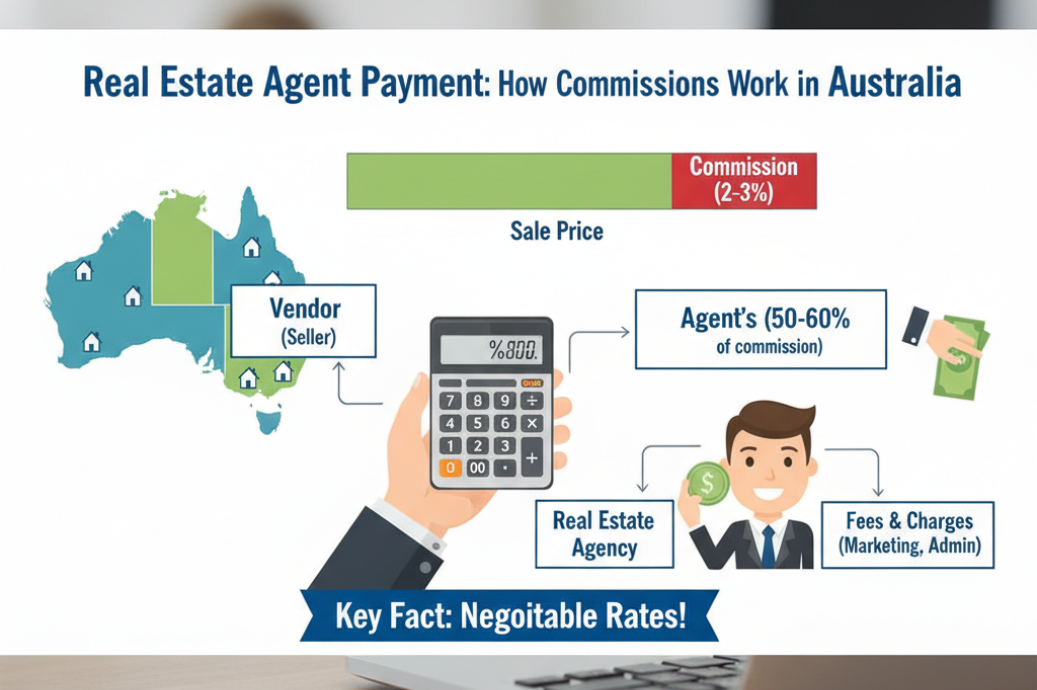Owning an investment property can be rewarding, but it also comes with risks. From accidental damage to unpaid rent, unexpected issues can quickly turn into costly problems. That’s where landlord insurance comes in.
So, what does landlord insurance cover? In simple terms, it protects property owners against financial losses related to their rental property, including tenant damage, rental default, and certain legal costs.
Let’s dive deeper into what’s included, how much it costs, and whether you really need it.
What Does Landlord Insurance Cover?
Landlord insurance provides comprehensive protection across several key areas that are particularly relevant to rental properties. Understanding these coverage areas helps you make informed decisions about protecting your investment.
Building and Structure Protection
Most landlord insurance policies cover the cost of loss or damage to your investment property structure, including coverage for buildings, contents, or combined building and contents protection. This includes damage from natural disasters such as storms, floods, and fires, as well as accidental damage caused by tenants.
The building coverage typically includes:
- The physical structure of the property
- Permanent fixtures and fittings
- Built-in appliances you’ve provided for tenants
- Outdoor structures such as garages and sheds
Contents and Furnishings
If you provide furniture, appliances, or other contents for your tenants, landlord home insurance can protect these items against theft, damage, or destruction. This coverage is particularly important for furnished rental properties where you’ve invested significantly in providing amenities for tenants.
Loss of Rental Income
Coverage for loss of net rental income up to 10% of the building sum insured amount for the period your investment property is unlivable due to an insured event is one of the most valuable aspects of landlord insurance. This protection ensures you continue receiving income even when your property is uninhabitable due to covered damage, helping maintain your cash flow during repairs.
Tenant-Related Risks
Tenant protection cover includes optional coverage for unpaid rent, tenant theft, and malicious damage. This specialised coverage addresses the unique risks that come with renting your property to others, including:
- Unpaid rent when tenants default on payments
- Intentional damage caused by tenants
- Theft of your property by tenants
- Legal costs for tenant disputes and eviction proceedings
Legal Liability Coverage
Legal liability coverage provides up to $20-30 million coverage for injury or property damage claims, protecting you if someone is injured on your rental property or if your property causes damage to neighbouring properties. This substantial coverage is crucial given the potential costs of liability claims.
How Much Is Landlord Insurance?
The cost of landlord insurance varies significantly based on several factors. Across all Australian states, the average premium for comprehensive landlord insurance policies is approximately $470 per year, though this can vary substantially depending on your specific circumstances.
Factors Affecting Insurance Costs
Several key factors influence your landlord insurance premiums:
- Location and Risk Profile: Properties in areas vulnerable to natural disasters such as floods, bushfires, cyclones, or high crime rates will typically have higher insurance costs. Australian properties face diverse risks depending on their location, from coastal storm damage to inland bushfire threats.
- Property Value and Type: The replacement cost of your building and contents directly impacts your premium. Many investors also use a home value estimator to better understand their property’s market.
- Coverage Level: The extent of coverage you choose affects costs. Basic building-only policies cost less than comprehensive coverage that includes contents, tenant risks, and additional benefits.
- Excess Amount: The excess amount varies significantly for landlord insurance, ranging from $100 to as much as $10,000, with higher excess amounts reducing ongoing insurance costs.
- Associated Selling Costs: If you are preparing your investment property for sale, factoring in the cost of selling your home—including agent fees, legal expenses, and marketing—alongside insurance decisions provides a clearer financial picture.
Does Landlord Insurance Cover Building Damage?
Yes, landlord insurance typically provides comprehensive building coverage as a core component. Building insurance automatically increases the sum insured amounts annually to keep pace with rising building costs and inflation, ensuring your cover reflects current replacement costs.
Building coverage under landlord insurance includes protection against:
- Weather-related damage from storms, hail, and floods
- Fire and smoke damage
- Vandalism and malicious damage
- Accidental damage by tenants
- Structural damage from various causes
However, it’s important to note that coverage exclusions exist. Policies typically don’t cover loss or damage caused by tree cutting, lopping, or felling, unless performed by a professional, highlighting the importance of understanding policy terms.
What Landlord Insurance Does Not Cover
While landlord insurance provides vital and extensive protection, it is essential to understand that policies have specific exclusions. Relying on your landlord policy for every issue could leave you with an unexpected bill.
Policies typically do not cover the following:
- General Wear and Tear: Damage or deterioration that occurs naturally over time, such as fading carpets, peeling paint, or minor scuff marks. Insurance is designed for sudden, unexpected events, not gradual degradation.
- Routine Maintenance and Repairs: The cost of general upkeep, like fixing a leaky tap, servicing an air conditioner, or repairing a fence due to old age, is the landlord’s responsibility.
- Structural Defects: Damage arising from pre-existing structural flaws, poor workmanship, or non-compliance with building codes is usually excluded.
- Pest Infestations: Damage caused by pests such as termites, rodents, or insects is generally not covered, though this can vary slightly between providers.
- Tenant’s Belongings: The policy only covers items owned by the landlord. The tenant’s own furniture, electronics, and personal effects must be covered by their separate tenant’s contents insurance.
- Losses from Market Conditions: Financial losses due to factors like rent decreases during a property downturn or vacancies between tenancies are not covered; the loss of rent cover only applies when the property is uninhabitable due to an insured event (like a fire or flood).
- Deliberate Acts by the Landlord: Damage caused intentionally by the owner or their agent.
Always consult the Product Disclosure Statement (PDS) for your specific landlord insurance Australia policy to understand all inclusions, limitations, and exclusions before committing to coverage.
Do I Need Landlord Insurance?
While landlord insurance isn’t legally required in Australia, it’s strongly recommended for anyone who owns rental property. Standard home insurance doesn’t cover the unique risks associated with rental properties, leaving property investors vulnerable to significant financial losses.
Consider landlord insurance essential if you:
- Rent your property to tenants
- Rely on rental income for your financial planning
- Have furnished your rental property
- Want protection against tenant-related risks
- Need liability coverage for rental activities
The relatively modest cost of landlord insurance Australia coverage compared to the potential financial losses makes it a wise investment for most property owners. When you consider the substantial costs associated with major repairs, lost rental income, or liability claims, the annual premium represents excellent value for peace of mind.
Making the Right Choice for Your Investment
Understanding landlord insurance is crucial, whether you’re expanding your property portfolio or preparing to sell a property. The protection it provides helps preserve your investment value and ensures consistent returns from your rental activities.
When selecting a policy, carefully assess your specific needs, compare coverage options from different providers, and consider the balance between premium costs and coverage levels. Remember that the cheapest policy isn’t always the best value if it leaves you exposed to significant risks.
At Wright Way Realty, we help property investors across Australia make informed decisions that safeguard their financial future. Our team can guide you through the ins and outs of landlord insurance Australia, show you how it differs from standard home cover, and connect you with the right resources to protect your property.
Whether you’re learning how to sell property or building a long-term rental portfolio, we’re here to ensure your investments remain secure in Australia’s dynamic market. Contact Wright Way Realty today to discuss your property goals and get the right advice to protect your future.






